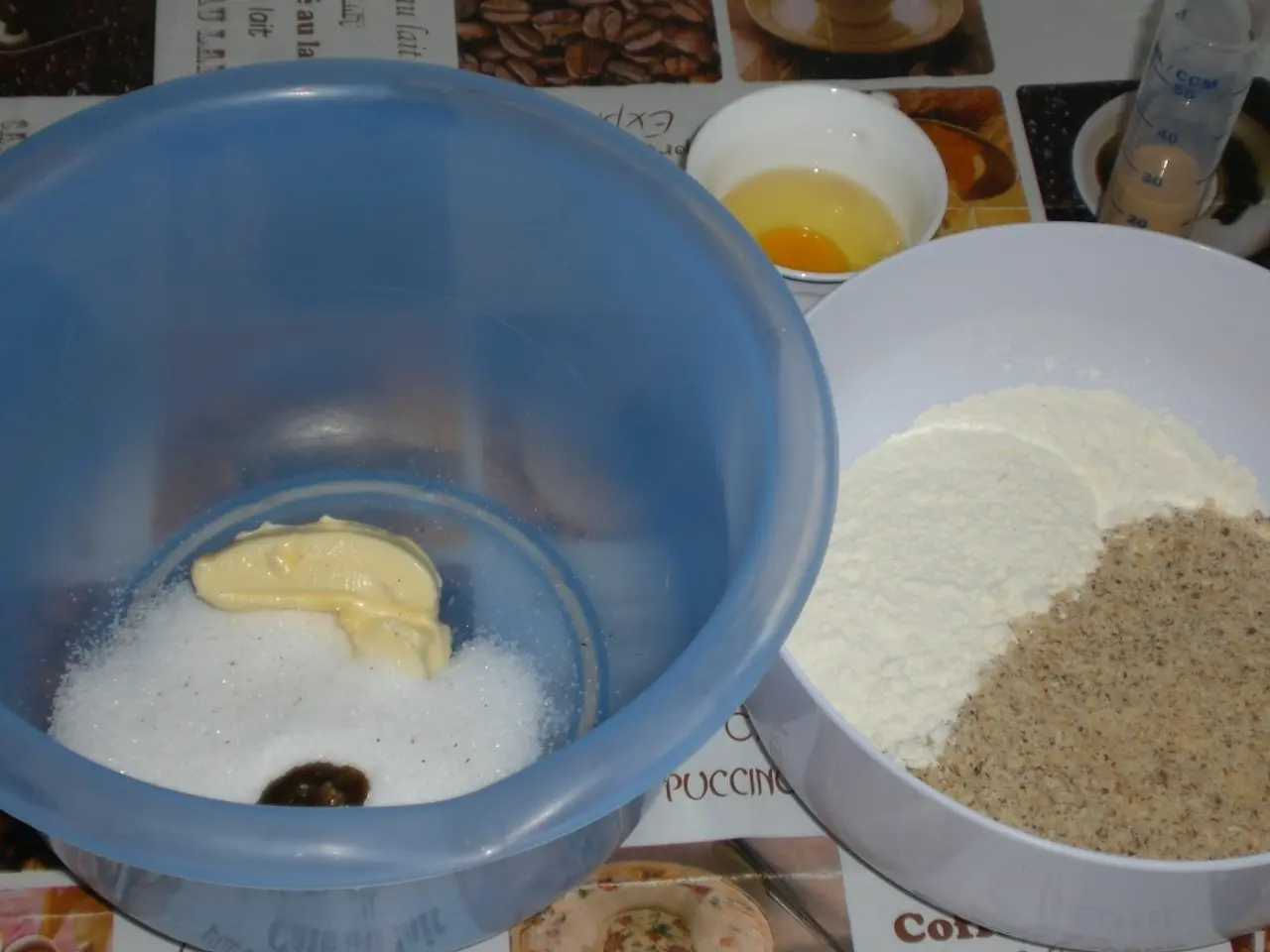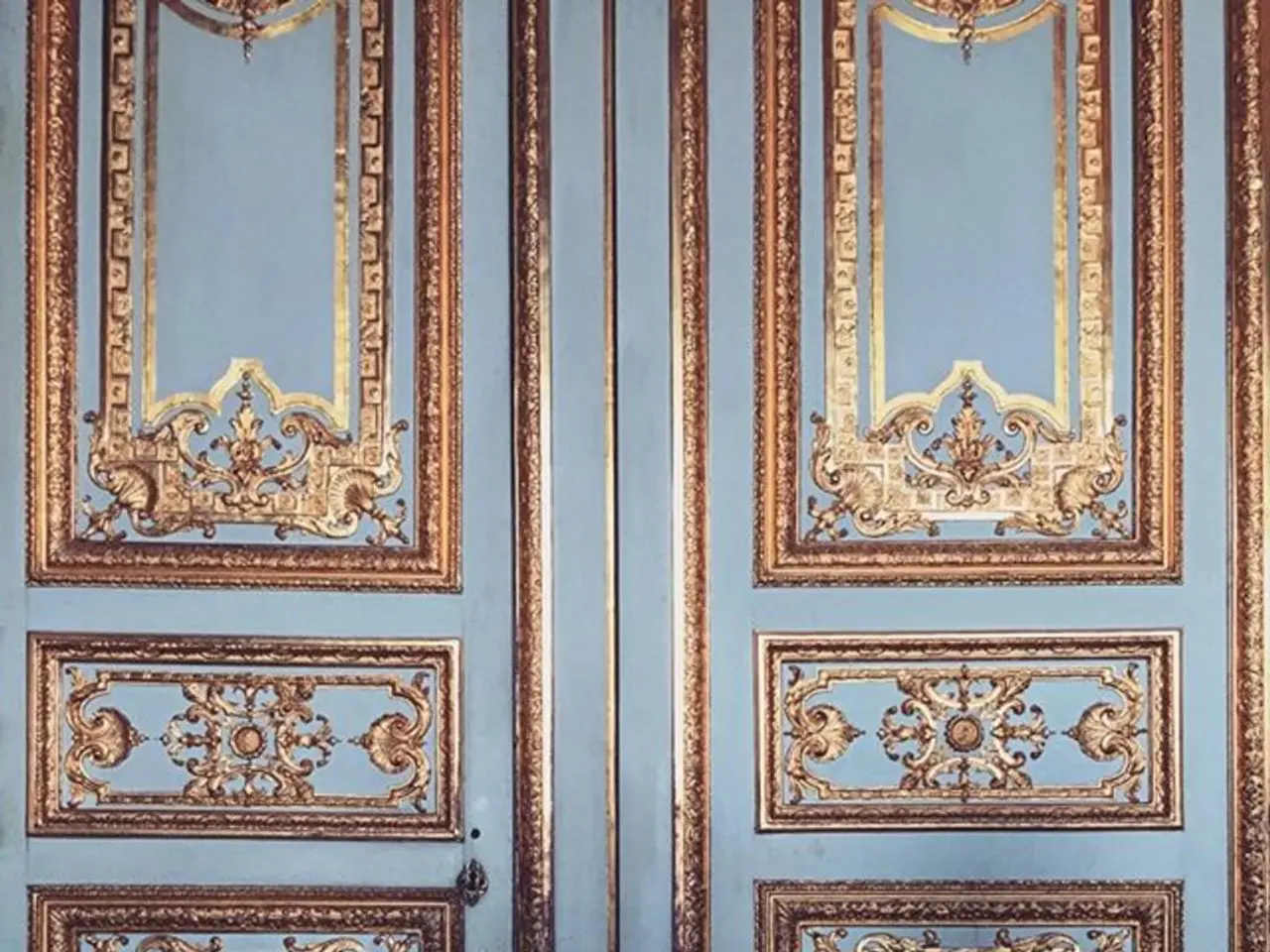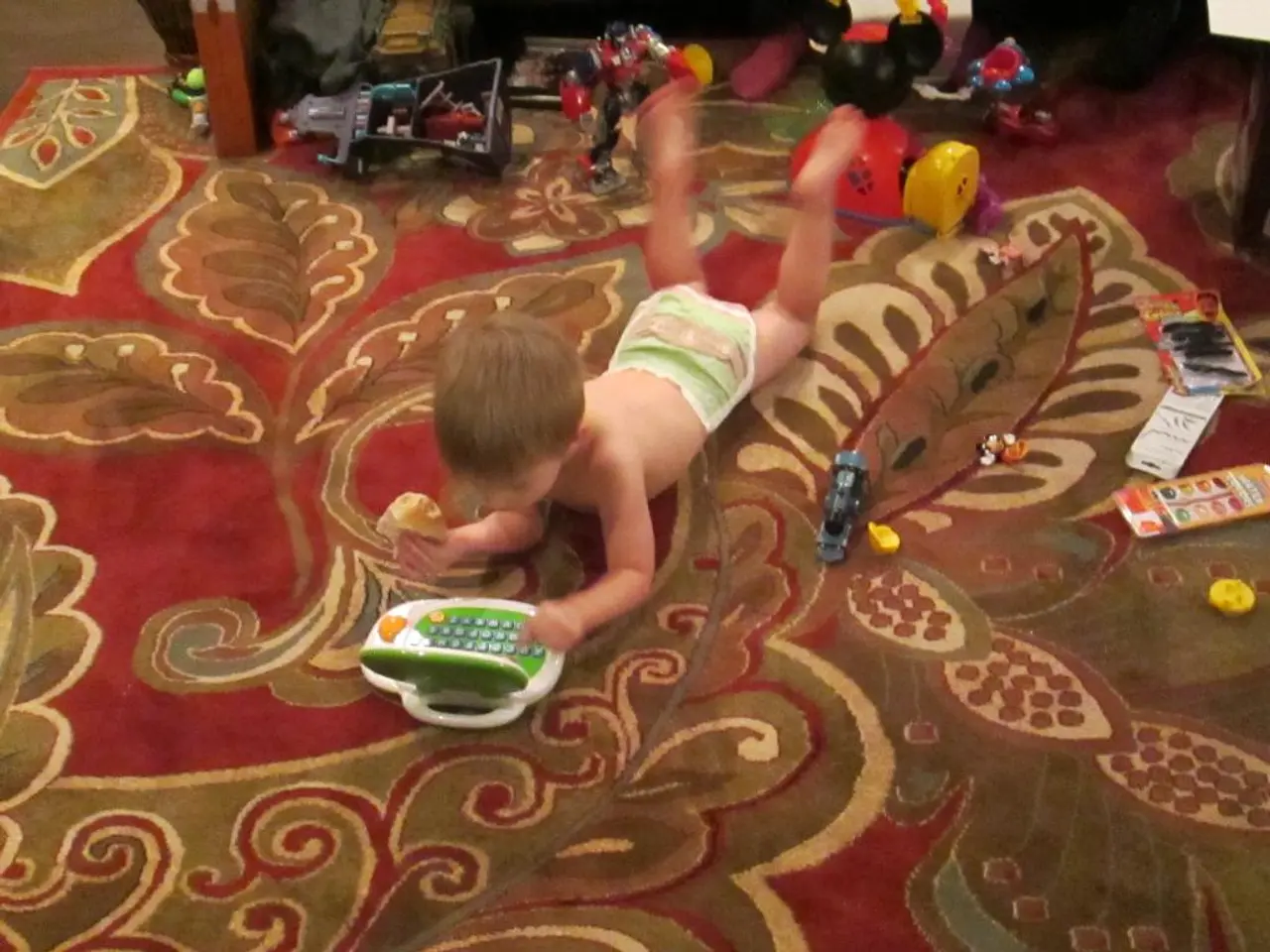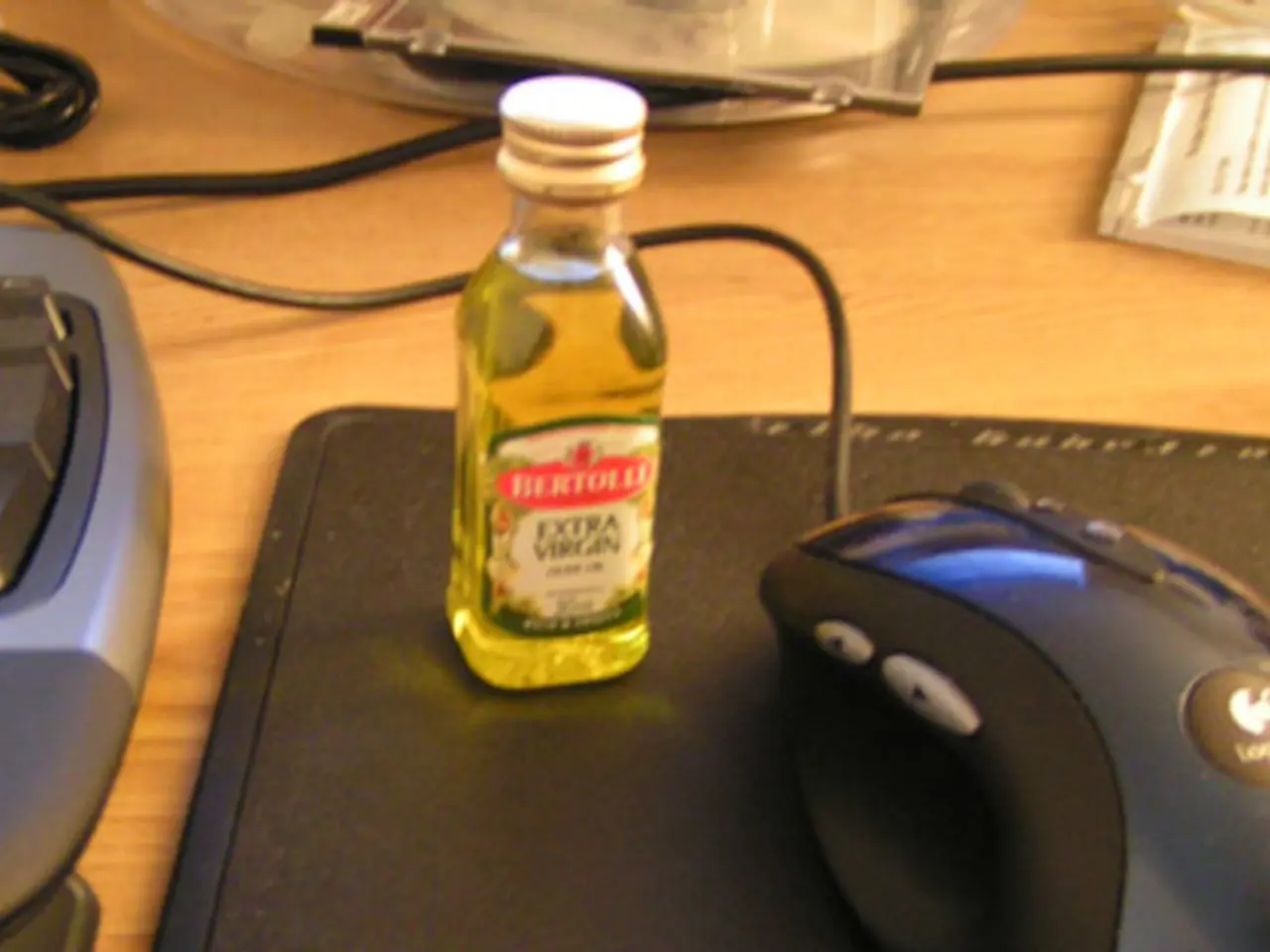Five Creative Art Activities for Soothing Anxious Bonding Patterns:
Title: 5 Creative Therapy Exercises for Healing Troubled Relationships: A Step-by-Step Guide
Love and relationships can be complex, and sometimes they can leave us feeling anxious, alone, and trapped. But, fear not! Art therapy offers a unique and empowering approach to healing anxious attachment styles and forging a healthier, more secure connection with ourselves and others.
In this post, we will explore five art therapy exercises designed to help you navigate the rocky terrains of anxious preoccupied attachment style healing. We'll cover various creative techniques, each tailored to address one of the core issues associated with anxious attachment, such as low self-esteem, trust issues, and emotional volatility.
Contain the Emotion Drawing
When anxious thoughts and emotions overwhelm us, we can feel powerless to manage them. The "Contain the Emotion Drawing" exercise offers a solution. Draw a container to symbolize your emotions and fill it with imagery that represents what you are feeling. This externalization helps in processing and managing intense emotions in a more controlled environment. Here's how to get started:
- Find a quiet space and choose a comfortable seat.
- Take a few deep breaths to center yourself.
- Draw a container, such as a box, jar, or pot, on a piece of paper.
- Decide which emotions or anxious thoughts you wish to address.
- Depict those emotions or thoughts within the container, using colors, shapes, or words that resonate with you.
- Reflect on the emotions you have represented. What do they communicate?
- Close the container, symbolizing your intention to contain and manage those emotions.
Reframing Problems through Imaginary Machines
Anxious attachment patterns can often lead to a pessimistic outlook on life, causing us to fixate on problems rather than seeking solutions. The "Reframing Problems through Imaginary Machines" exercise helps shift this perspective by encouraging the creation of an imaginary machine designed to fix or transform problems. Here's how to get started:
- Find a comfortable space and take a few deep breaths.
- Write down a problem or anxiety that you are grappling with.
- Imagine an incredible machine that can solve the problem or transform your emotions.
- Draw this machine in detail, paying attention to its design, components, and function.
- Write (or draw) what comes out of the machine after it operates—a happy outcome or resolution.
- Reflect on the machine and its result. What conclusions can you draw about your problem from this imaginative exercise?
Emotional Expression through Mixed Media
Creating art provides a bridge between our subconscious and conscious minds, unlocking buried emotions and offering a means to process and release them. The "Emotional Expression through Mixed Media" exercise invites you to express your feelings using various materials such as paints, clay, or colors. Here's how to get started:
- Find a safe and quiet space.
- Take a few deep breaths, focusing on any emotions or anxieties you wish to address.
- Choose materials that resonate with your feelings—for example, bold colors for anger or fragile materials for vulnerability.
- Begin expressing your emotions, allowing yourself to move freely and without judgment.
- Reflect on your creation, considering what it reveals about your emotional state and attachment style.
Somatic Awareness through Art
Anxious attachment patterns can manifest in physical symptoms, such as tension in our bodies. The "Somatic Awareness through Art" exercise combines art and somatic awareness to help release tension and connect with our emotions. Here's how to get started:
- Find a comfortable space.
- Lie down or sit in a relaxed position.
- Take a few deep breaths, focusing on each part of your body.
- As you breathe, begin drawing or painting, following your body's sensations.
- Allow the art to evolve as your thoughts and feelings surface.
- Reflect on your creation, considering what emotions and sensations it reveals.
Visualizing Healthy Relationships
Even though our attachment patterns may be ingrained, it is essential to cultivate a vision of a healthy, secure relationship to strive for. The "Visualizing Healthy Relationships" exercise helps us do just that. Here's how to get started:
- Find a quiet space.
- Write down the qualities you aspire to have in a healthy relationship or the emotions you want to experience.
- Draw an image or create a collage that embodies these qualities and emotions.
- Place your vision somewhere you can see it often as a reminder of your aspirations.
By integrating these art therapy exercises into your daily life, you'll embark on a transformative journey towards emotional regulation, healing anxiety, and forging secure attachments with yourself and others. Art offers us an invaluable toolbox for tapping into our emotions, cultivating self-awareness, and building a stronger, more resilient inner core. So grab your supplies, and dive in!
Footnotes
[1] American Art Therapy Association (2020). Art Therapy: What Is It and How Can It Help? [online] Available at: https://www.arttherapy.org/whatisarttherapy/ [Accessed September 20th, 2022]
[2] Key Visual Learnings (2019). Somatic Art Therapy: A Deeper Exploration into the Body and the Creative Process [online] Available at: https://www.keyvisuallearnings.com/somatic-art-therapy/ [Accessed September 20th, 2022]
[3] Coates, J & Taylor, P (2019). The Mixed Media Studio: An Effective Arts Psychotherapy Group Model for Fuelling Imagination and Creativity [online] Available at: https://onlinelibrary.wiley.com/doi/abs/10.1111/1750-9284.12797 [Accessed September 20th, 2022]
[4] American Art Therapy Association (2019). Position Paper: Integrating Art Therapy in Somatic Experiencing [online] Available at: https://www.arttherapy.org/research-and-standards/public-policy-advocacy/position-papers/ [Accessed September 21st, 2022]
[5] Vendrell, R (2016). The Benefits of Art-Making on Mental Health and Well‐being: A Literature Review [online] Available at: https://www.tandfonline.com/doi/full/10.1080/15210334.2016.1248591 [Accessed September 21st, 2022]
[6] Seek Therapy (2021). 5 Art Therapy Exercises for Anxiety [online] Available at: https://seektherapy.org/blog/art-therapy-exercises-anxiety/ [Accessed September 21st, 2022]
- Art therapy, with its focus on healing anxious attachment styles, offers a unique approach to developing a healthier, more secure connection with ourselves and others for mental health and wellness.
- The "Contain the Emotion Drawing" exercise allows us to process and manage intense emotions by externalizing them and symbolizing our intention to contain and manage those emotions.
- Reframing problems through Imaginary Machines helps shift our perspective from fixating on problems to seeking solutions, encouraging a more positive outlook on life.
- Emotional Expression through Mixed Media provides a means to unlock our subconscious emotions and process them by using various materials like paints, clay, or colors to create art.
- The "Somatic Awareness through Art" exercise combines art and somatic awareness to help release tension in our bodies and connect with our emotional state.
- Visualizing Healthy Relationships helps us cultivate a vision of a healthy, secure relationship by creating an image or collage that embodies the qualities and emotions we aspire to experience.
- Science supports the use of art therapy for healing, as it can aid in emotional regulation, the understanding and management of trauma, and the promotion of self-awareness and trust.
- By incorporating these art therapy exercises into our daily fitness-and-exercise routine, we can embark on a transformative journey towards emotional healing, personal growth, and improved relationships.







